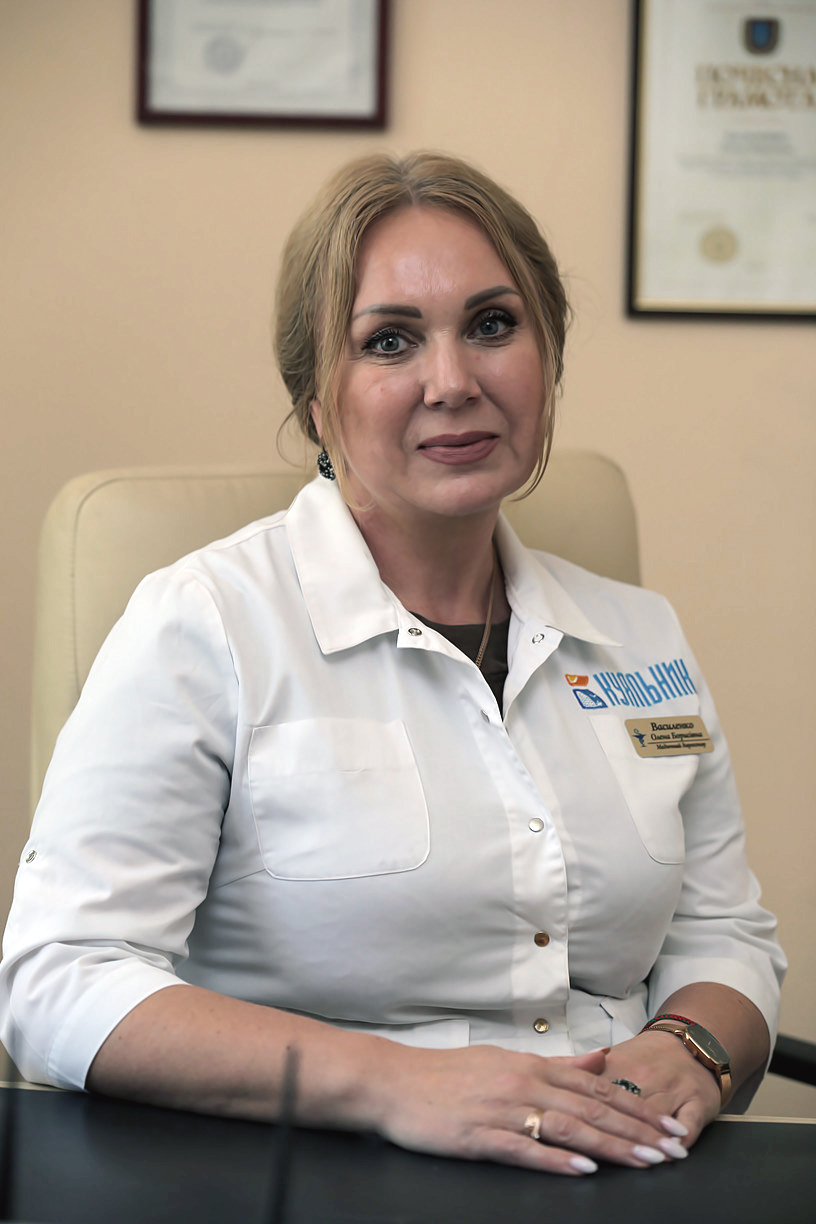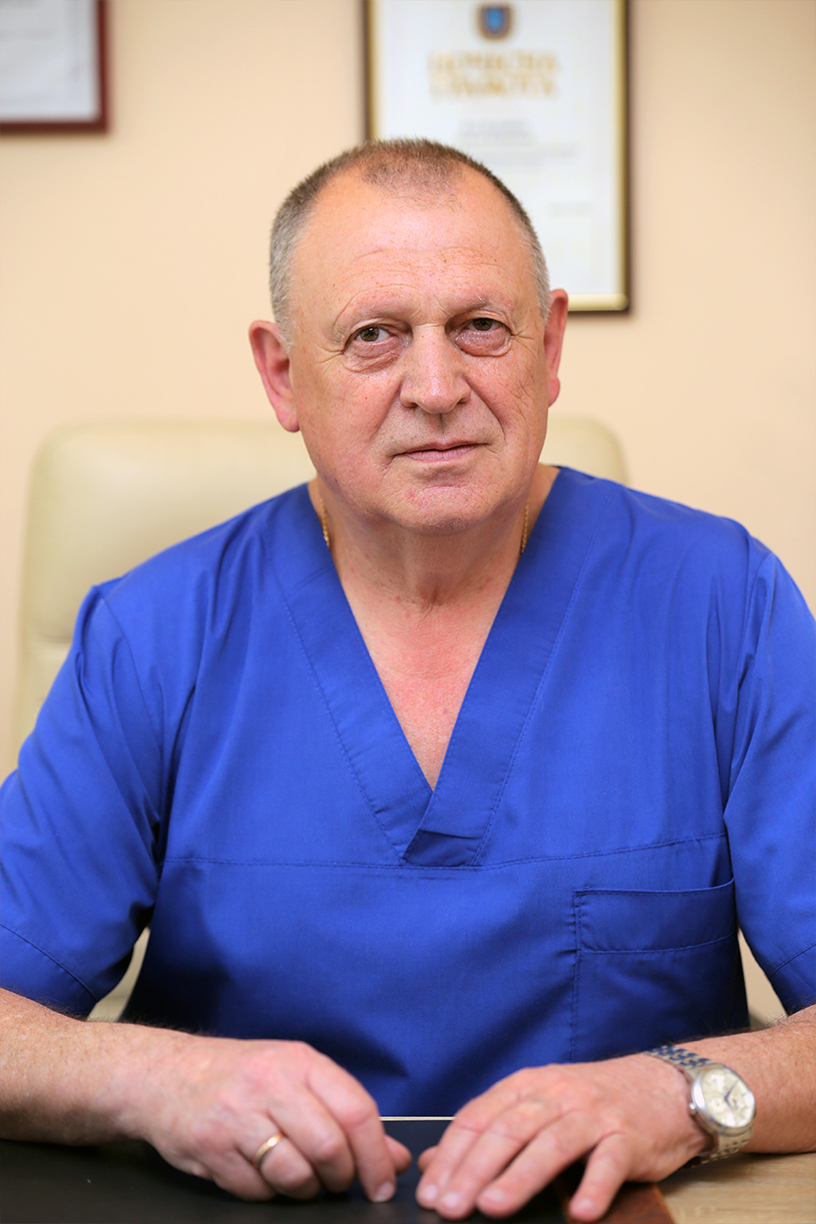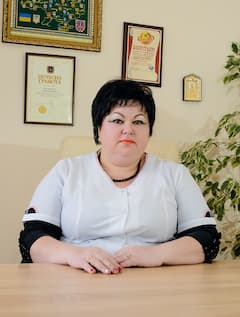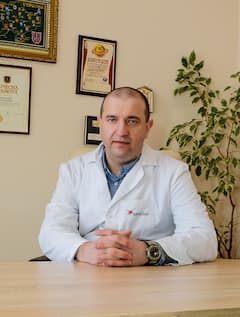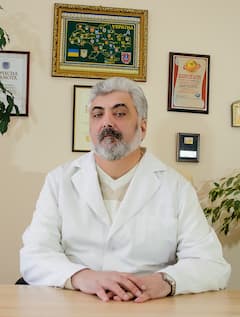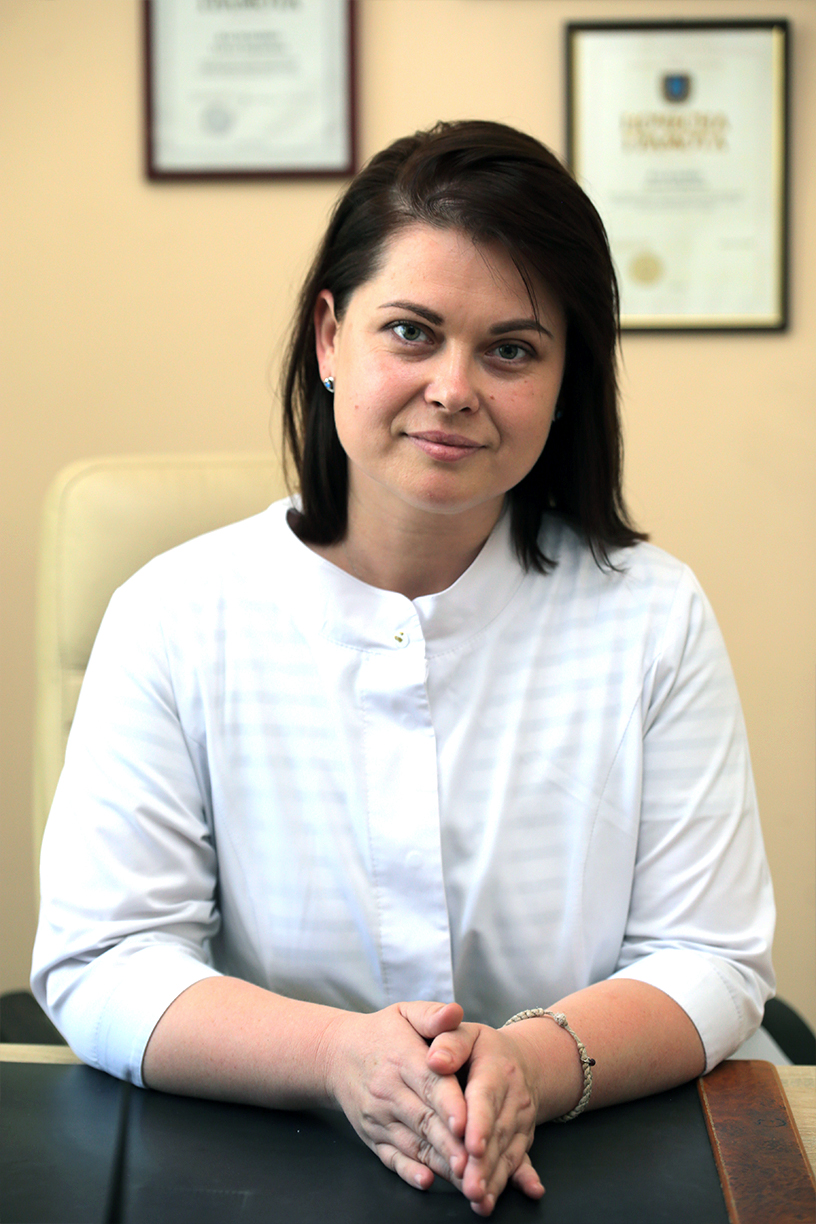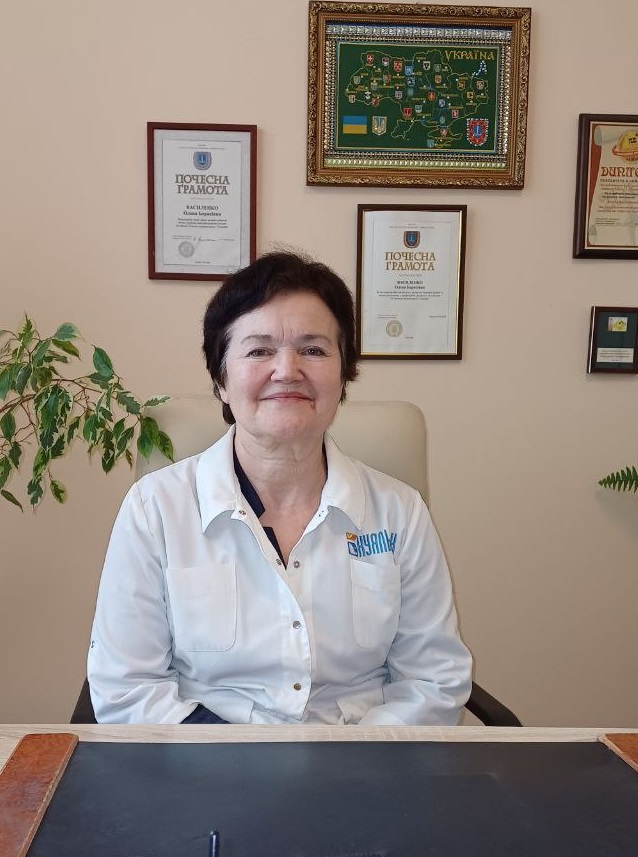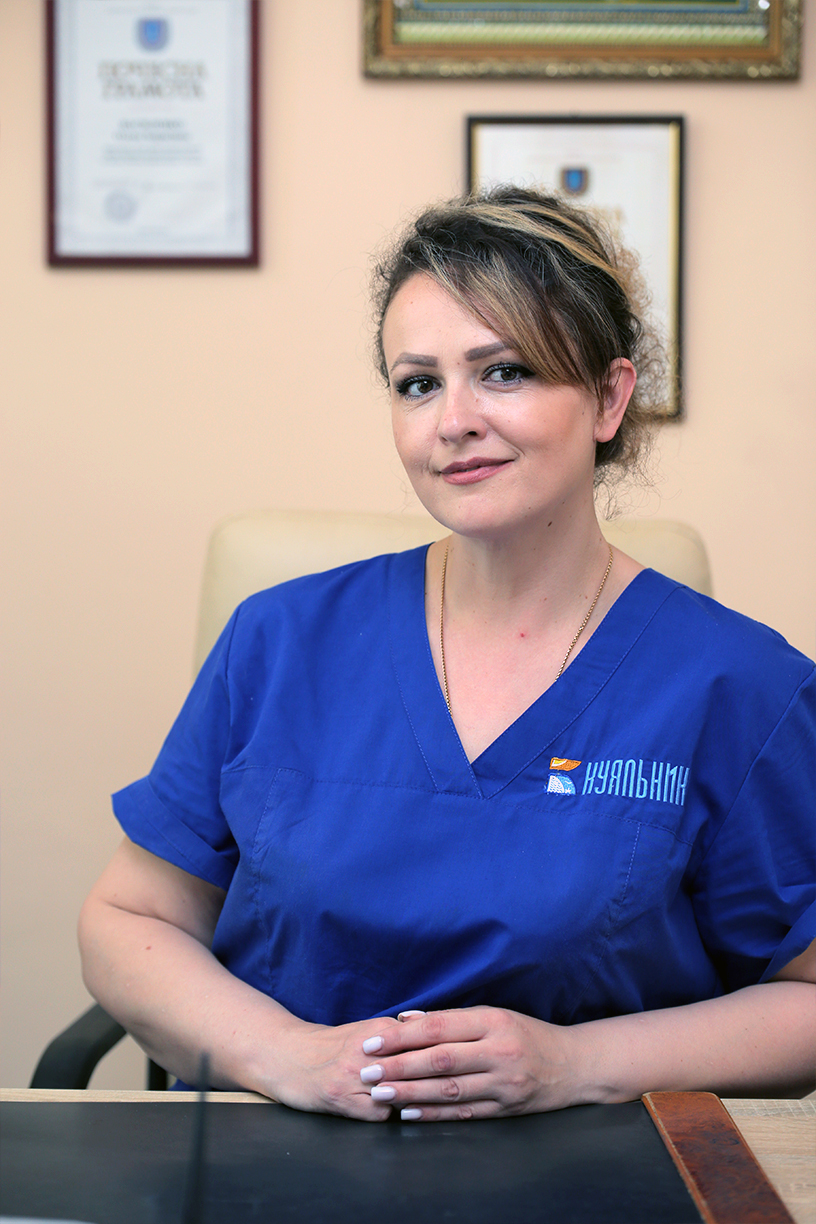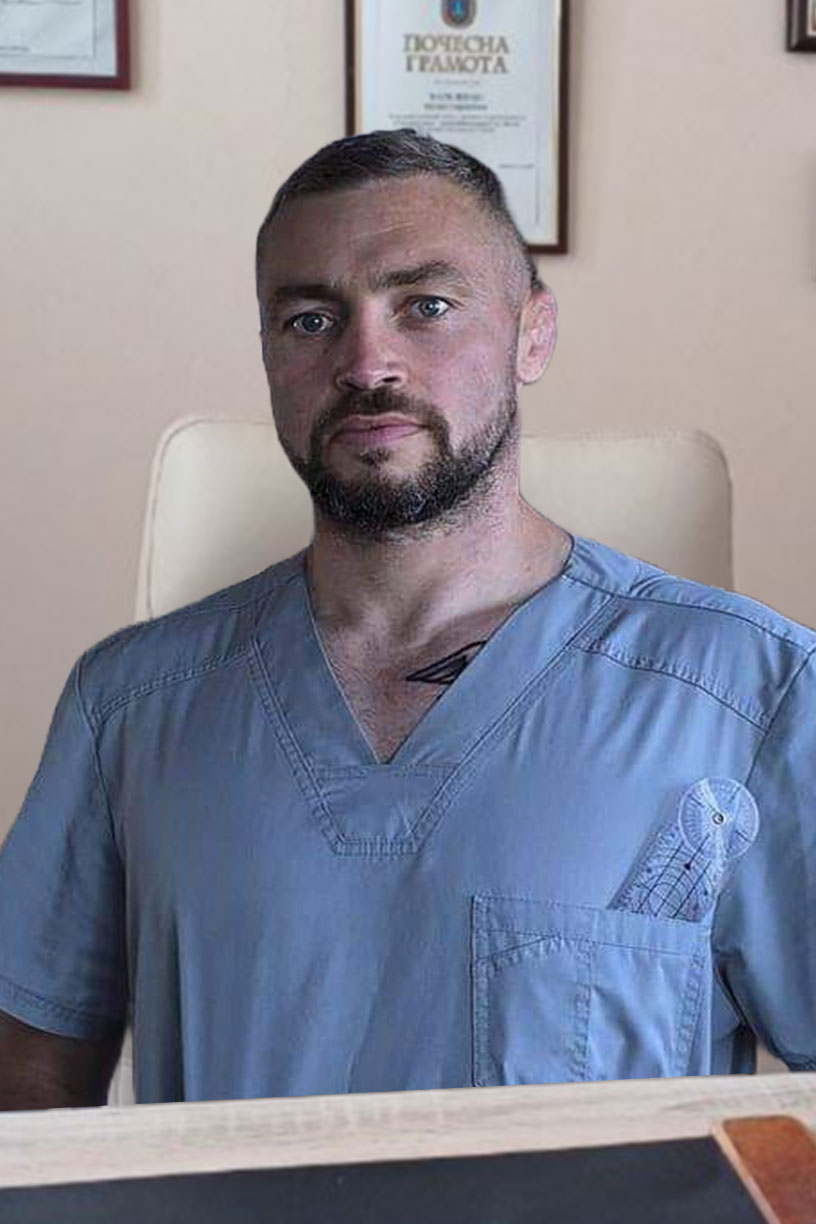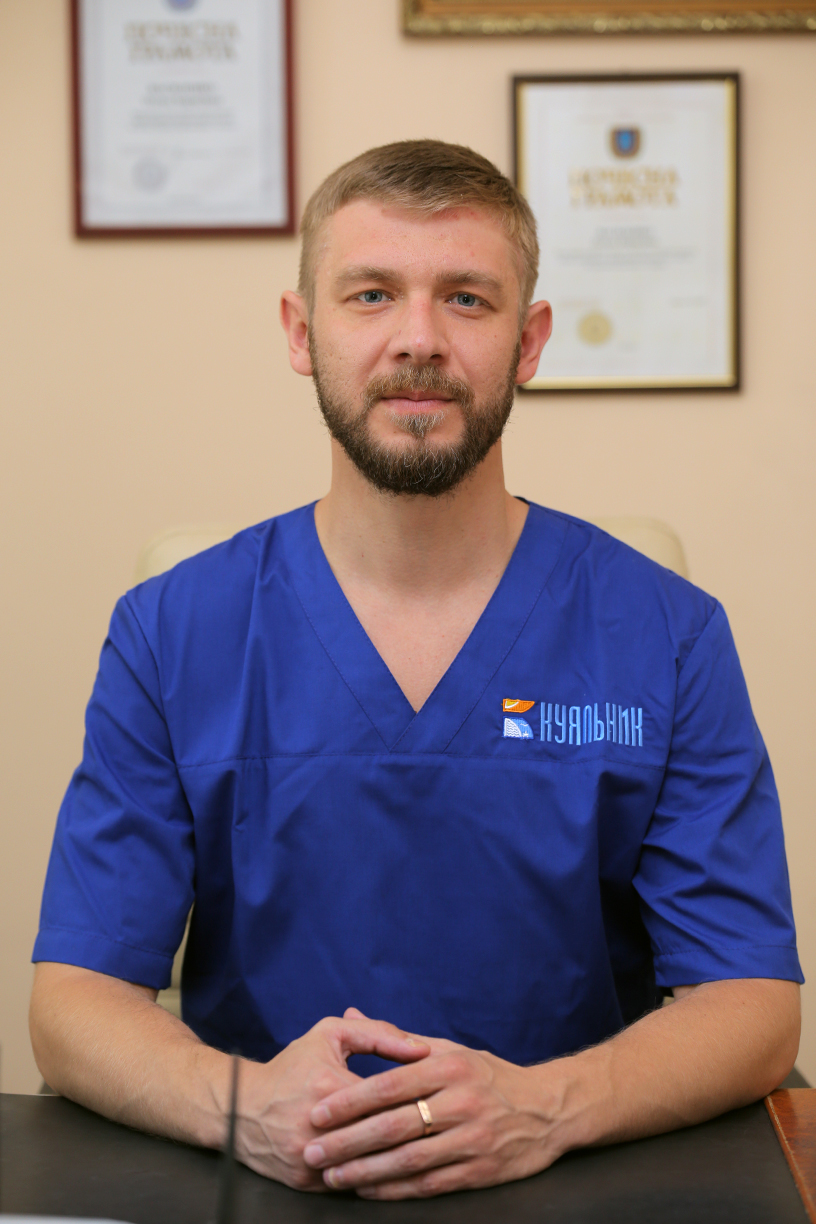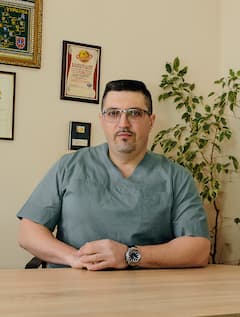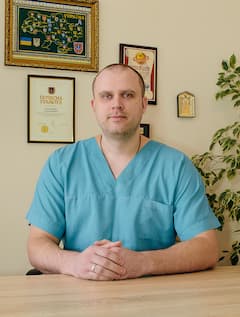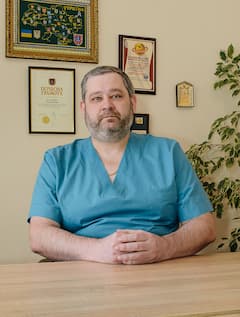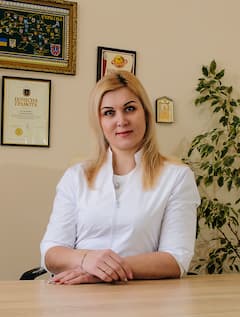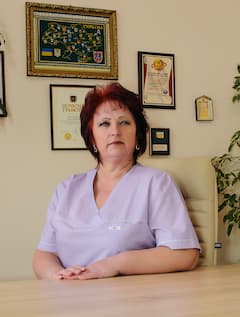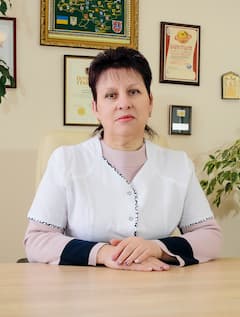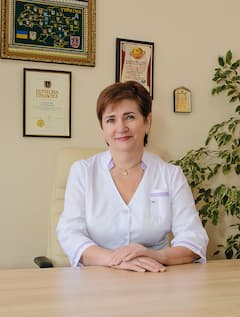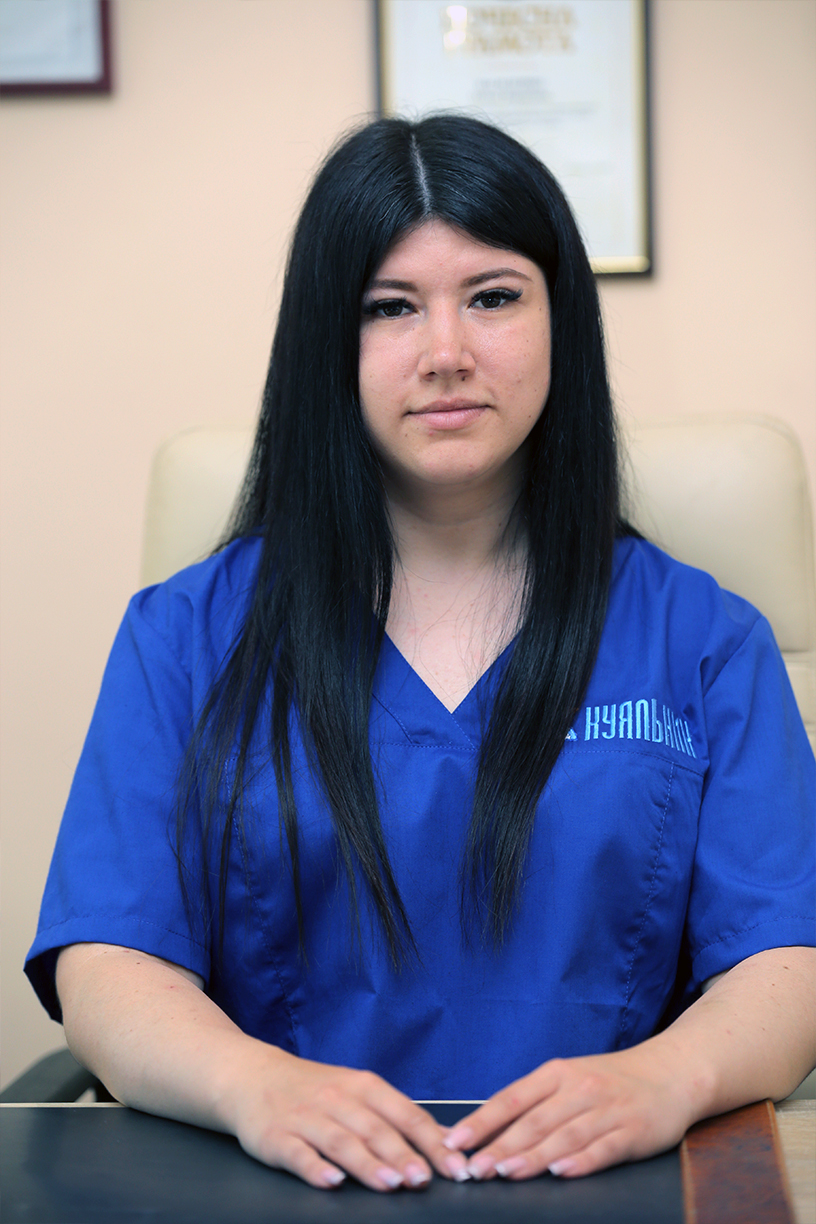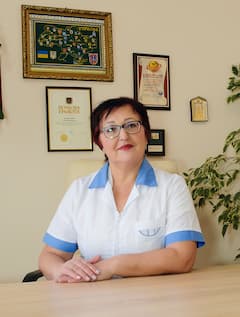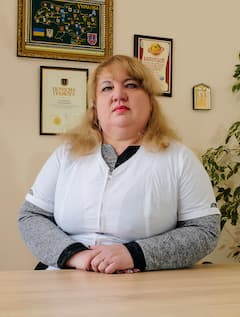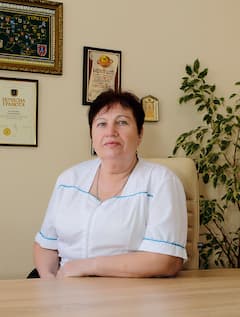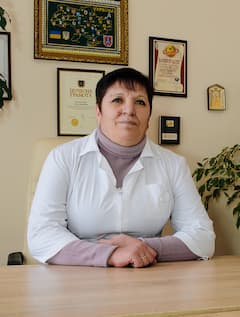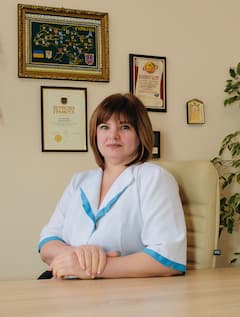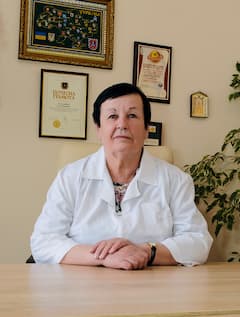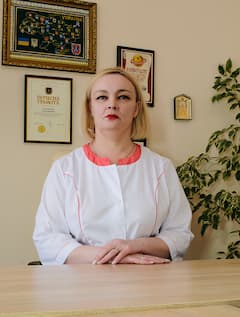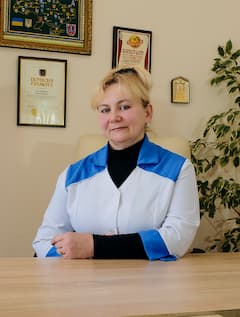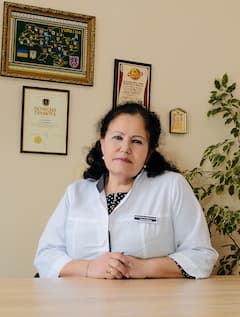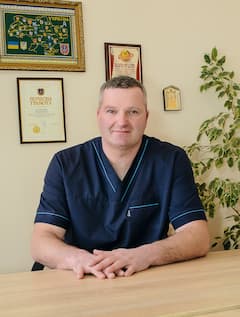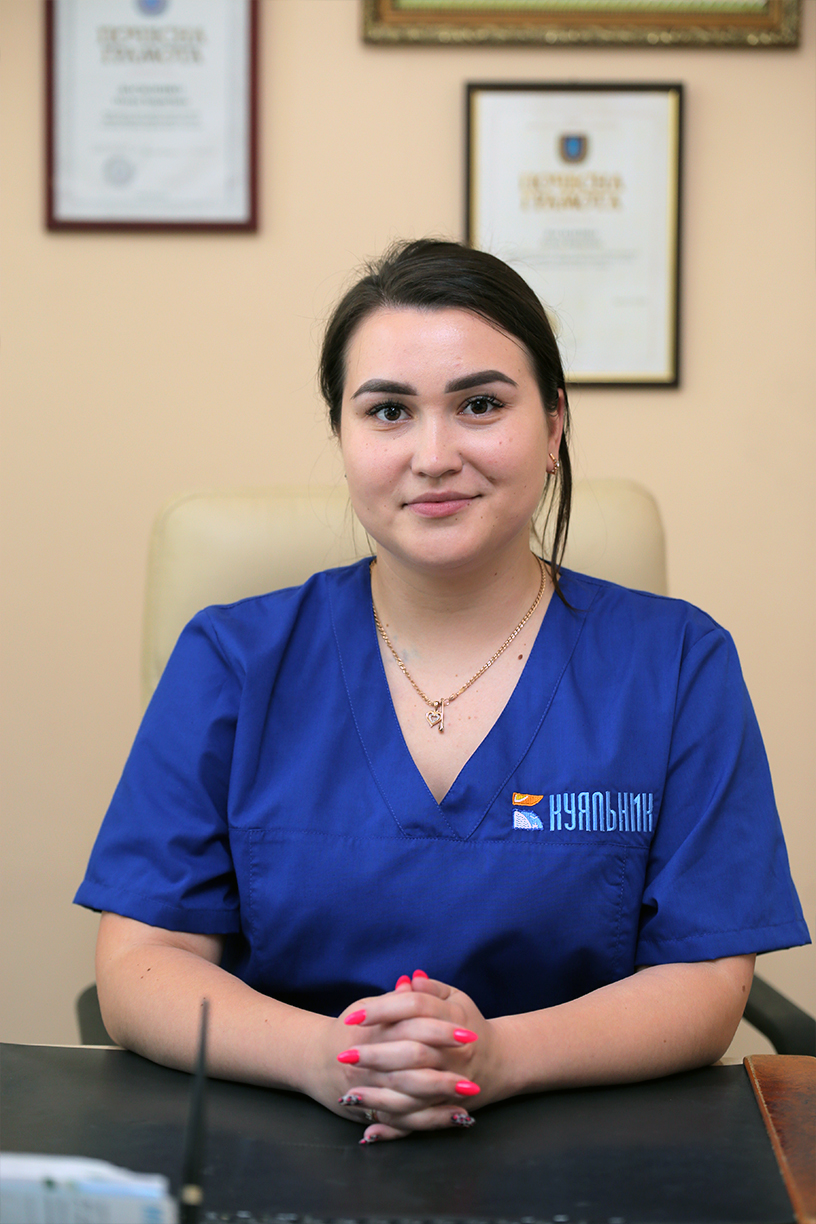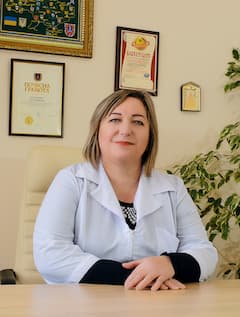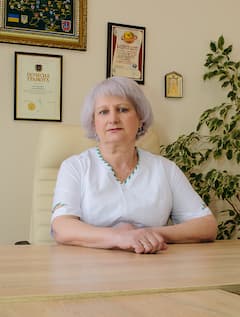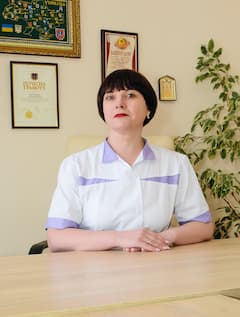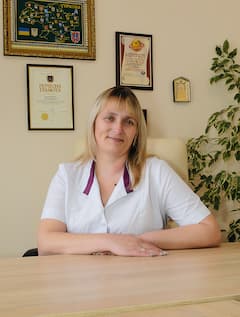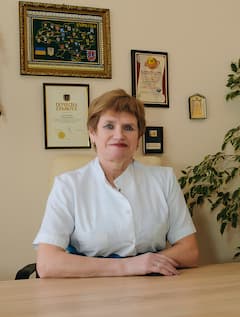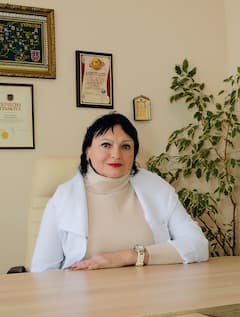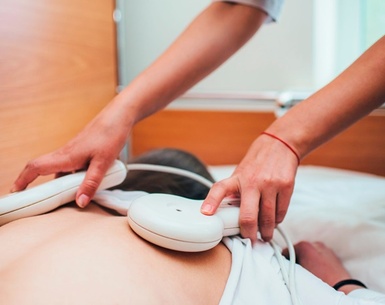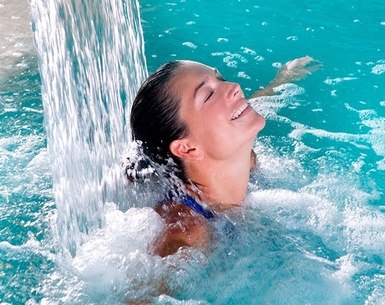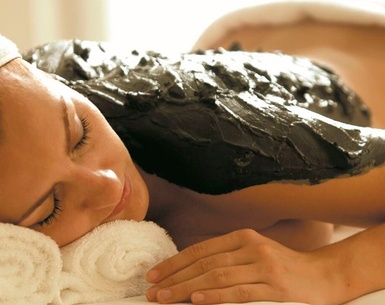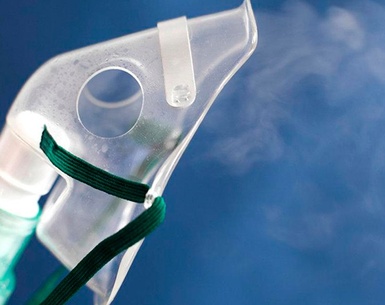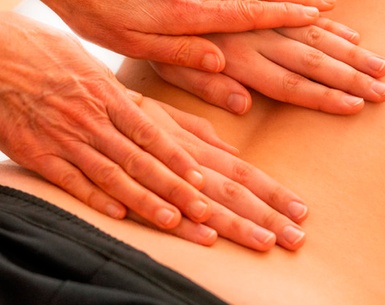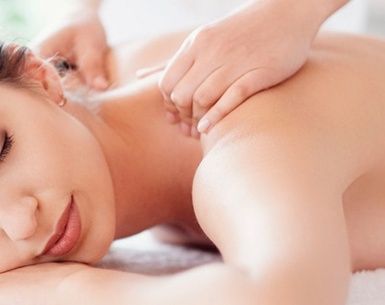Osteochondrosis is one of the most common spinal diseases, characterized by impaired metabolic processes in hyaline intervertebral cartilage, leading to a decrease in their height. The first manifestations of the disease usually appear around the age of 35, but recently, there has been a trend toward the "rejuvenation" of osteochondrosis, with an increasing number of young people aged 16-17 seeking medical help. The main cause of back pain, which worsens with movement and physical exertion, is often osteochondrosis. Delayed treatment can lead to complications such as nerve root damage, nerve trunks, spinal cord damage, and disruption of internal organ functions.
Causes of Osteochondrosis
There are many causes that can lead to the development of osteochondrosis, including:
- Flat feet
- Poor posture, scoliosis, kyphosis
- Vertebral instability
- Excess weight
- Sedentary lifestyle
- Improper distribution of load when carrying weights (e.g., in one hand or on one shoulder)
- Sleeping on a soft mattress
- Multiple pregnancies
- Bad habits (long-term smoking)
Types of Osteochondrosis
Depending on the localization, specialists distinguish cervical, thoracic, lumbar, and widespread osteochondrosis. Lumbar osteochondrosis (over 50% of cases) and cervical osteochondrosis (more than 25%) are most commonly diagnosed. Thoracic and widespread osteochondrosis are less common.
Cervical Osteochondrosis
The causes of cervical osteochondrosis include improper posture during work at a desk and frequent driving (professional factor). Main complaints with cervical osteochondrosis include pulsating headaches, dizziness with brief loss of consciousness, pain in the shoulder joint or entire arm due to nerve root and trunk compression.
Thoracic Osteochondrosis
The causes of thoracic osteochondrosis include back injuries, scoliosis, and prolonged sitting at a desk or driving. Pain in the thoracic spine often occurs in people engaged in heavy physical labor and can be acute (dorsago) or mild, worsening at night and disappearing when walking (dorsalgia).
Lumbar Osteochondrosis
The causes of lumbar osteochondrosis include professional sports (weightlifting, wrestling), back injuries, flat feet, poor posture, prolonged sitting at a desk or driving, and excess weight. Initially, there are dull pains in the lower back and legs, which later radiate to the lower limbs, accompanied by numbness, crawling sensations, and burning. Pain increases with physical exertion and sudden movements of the torso. Delayed treatment can lead to intervertebral hernia, inflammation of the sciatic nerve, and spinal cord damage.
Mud Therapy for Osteochondrosis
One of the effective methods for treating osteochondrosis is spa-resort treatment at the Kuyalnik Resort. The uniqueness of Kuyalnik estuary mud lies in its ability to improve the nutrition of intervertebral discs at the cellular level, normalize the peripheral and nervous systems, enhance general adaptation mechanisms, accelerate recovery, and reduce degenerative-dystrophic manifestations. Kuyalnik estuary mud is recognized as a benchmark worldwide, possessing analgesic and anti-inflammatory properties that prevent the recurrence of the disease.
In our sanatorium, mud therapy is indicated for patients with osteochondrosis only during remission or significant symptom relief. Mud therapy helps treat residual symptoms, prevents the recurrence of the disease, and has a preventive effect. Mud therapy is prescribed individually, taking into account the symptoms of the primary and associated diseases.
The main methods of mud therapy include:
- Mud applications (temperature 38-40 °C, duration 10-15 minutes, every other day, course of 8-10 procedures)
- Local mud compresses (temperature 40 °C, duration 20 minutes)
Other Methods of Treating Osteochondrosis at Kuyalnik Sanatorium
In addition to mud therapy, the sanatorium employs the following methods:
- Balneotherapy using Kuyalnik estuary brine: brine baths, hydrokinesitherapy, underwater traction, underwater hydromassage.
- Physiotherapy procedures: amplipulse, interferential therapy, magnetotherapy, magnetolaser therapy, electrophoresis with Peloidex, phonophoresis.
Contraindications
Treatment of spinal osteochondrosis with neurological disorders is contraindicated in the acute period and during exacerbations of the disease.
Advantages of Treatment at the Pirogov Sanatorium
The Pirogov Sanatorium, Kuyalnik Resort, offers unique opportunities for treating osteochondrosis through the use of natural therapeutic factors and modern therapeutic methods. The sanatorium employs highly qualified specialists who provide an individual approach to each patient, ensuring high treatment effectiveness and long-lasting positive effects.
Patient Success Stories
Patients who have undergone treatment at the Pirogov Sanatorium report significant improvements in their health. Here are some of their stories:
-
Irina, 45 years old: "I suffered from back pain for several years before I turned to Kuyalnik Sanatorium. After a course of mud therapy and physiotherapy, I felt significant relief. Now I can move without pain and enjoy life."
-
Sergey, 50 years old: "Treatment at Kuyalnik Sanatorium helped me get rid of chronic lower back pain. Thanks to the professionalism of the doctors and unique treatment methods, I feel healthy again."
Scientific Research and Evidence
The effectiveness of osteochondrosis treatment at Kuyalnik Sanatorium is confirmed by numerous scientific studies. Scientists and doctors note that Kuyalnik estuary mud and brine help reduce inflammation, improve blood circulation, and restore cartilage tissue. These natural treatment methods are an important part of comprehensive osteochondrosis therapy.

